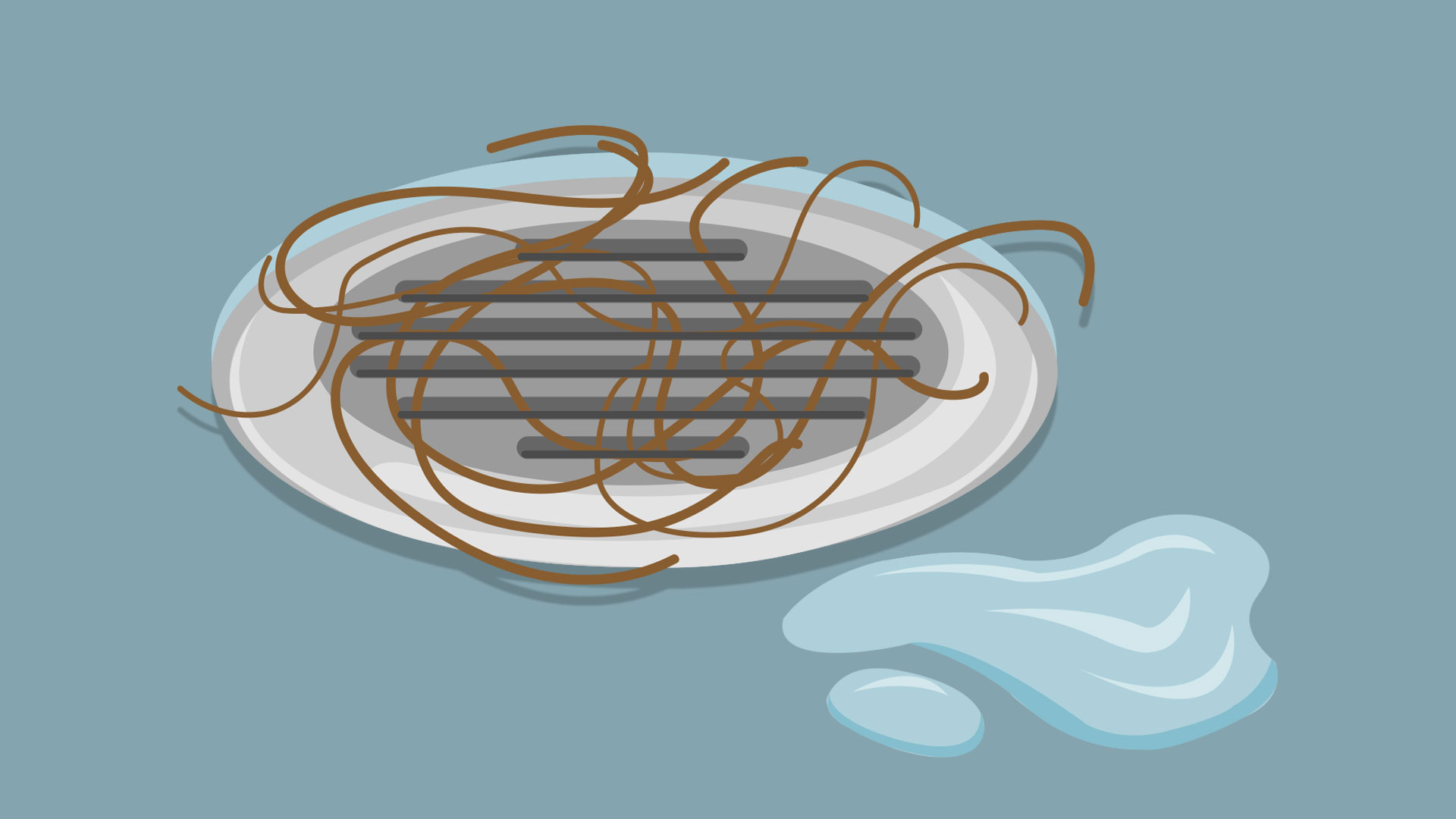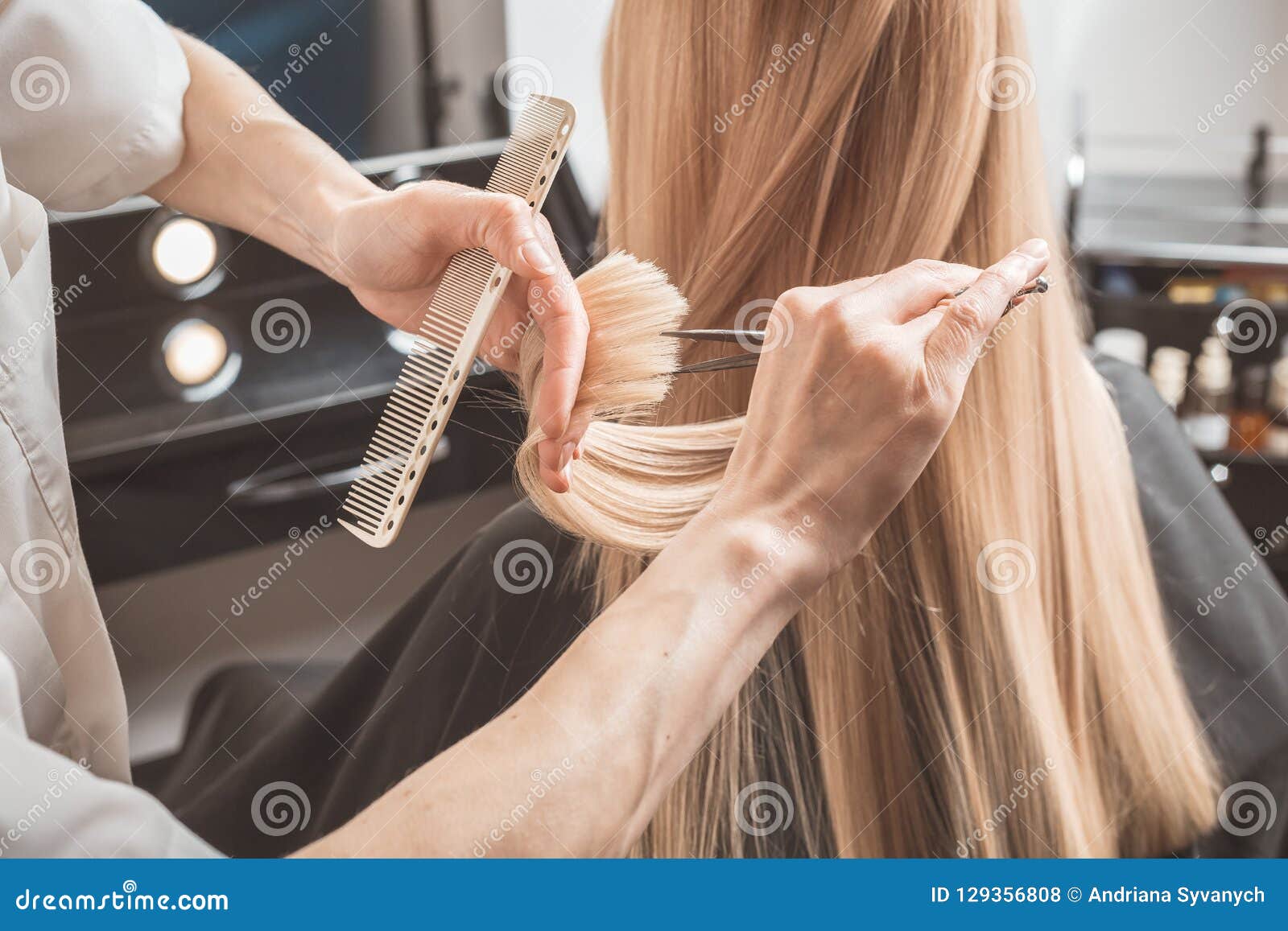Table Of Content

But consult your doctor before you start to worry; thinning hair is often reversible, Dr. Simpson says. Only about 1 to 2 percent of your hairs are in the catagen phase at any given time. If you have a deficiency, your doctor may suggest multivitamins or supplements like iron and biotin.
You’re Going Through Menopause
Shedding usually peaks at four months postpartum and most women regain their normal hair fullness by one year. Also called Propecia, this oral medication is a very common drug prescribed for hair loss that blocks the hormone causing hair loss, Dr. Yates says. Dr. Rassman warns that this drug is not for use in pre-menopausal women, because it is well known to cause issues during pregnancy. You often hear about vitamin D deficiencies in the winter months, especially in darker climates, because the vitamin mostly comes from sun exposure. The good news is that it’s reversible when levels get back to normal, explains William Yates, M.D., FACS., a hair transplant surgeon. “When it’s stress-induced [hair loss], sometimes just getting over the stress gets your hair better,” says Hooper.

What questions should I ask my healthcare provider?
But if you’re worried about clumps of hair in your hairbrush or in the shower drain, talk to your doctor. Factors like stress, medication, and underlying medical conditions can all aggravate hair loss. At some point, most adults have probably looked down at the bathroom or shower floor after getting ready for the day and noticed the amount of hair everywhere. Shedding hair is common, but how much hair loss is normal?
Why Your Hair Falls Out When You Wash It, According to Doctors
So when you look down at the drain and see a clump of lost hair strands, it’s easy to assume that there’s a health problem causing hair loss. But some hair loss is normal for everyone and at every age. Minoxidil (Rogaine) is a topical medication (the type you apply to your scalp) approved by the FDA for female pattern hair loss. It's is available over the counter as 2% and 5% solutions. It takes about 6-12 months of this once-daily use foam treatment to see results.
It can show up if you wear tight braids or ponytails every day or regularly wear hair extensions or weaves. These styles tug on the hair roots, damaging the hair follicles over time. Many people think that hair loss only affects people assigned male at birth (AMAB). However, studies show that more than 50% of people assigned female at birth will experience noticeable hair loss.
Follow Mayo Clinic
Expert warns that the cold weather can make your hair fall out - and gives tips to stop it happening - Daily Mail
Expert warns that the cold weather can make your hair fall out - and gives tips to stop it happening.
Posted: Fri, 10 Nov 2023 08:00:00 GMT [source]
Minoxidil may irritate your scalp and cause dryness, scaling, itching and/or redness. In addition, a healthcare provider might recommend forms of light therapy like using the HairMax Lasercomb®. Another FDA-approved laser product is the Theradome LH80 PRO® helmet and low-light laser helmets and caps. Hair grows on almost all of your skin surfaces — not the palms of your hands, soles of your feet, lips or eyelids. It is typical for a certain amount of hair — usually around 100 strands — to fall out every day. Below are some frequently asked questions about hair loss.
Will Using Rosemary Oil Actually Help With Hair Growth? - Refinery29
Will Using Rosemary Oil Actually Help With Hair Growth?.
Posted: Wed, 24 Jan 2024 08:00:00 GMT [source]
Male-pattern baldness
If you notice hair loss, talk to your doctor as soon as you can. While male hair loss tends to affect the forehead or the crown of the head, female hair loss often leads to thinning on the top third to half of the scalp. Your part may gradually become wider, you might see more of your scalp when your hair is pulled back, or your ponytail could be less full. Hair loss during pregnancy is not common, but it is possible. During pregnancy, people are more likely to have conditions that cause hair loss, like hyperthyroidism, hypothyroidism, and iron-deficiency anemia. Women may lose hair following childbirth or while in menopause.
If you’re concerned by the amount you’re shedding, there are ways to tell if you’re losing too much hair. During telogen effluvium, hair shifts faster than usual from its growing phase into the “resting” phase before moving quickly into the shedding (or telogen) phase. “High-stress environments prevent the body from giving hair the TLC that it needs, causing hair to shed and fall out,” Dr. Goldenberg says. Female-pattern baldness typically starts with scalp hairs becoming progressively less dense. Many women first experience hair thinning and hair loss where they part their hair and on the top-central portion of the head.
Change your hairstyle
Tinea capitis mostly affects children between the ages of 3 and 14, but it can affect any age group. Because these symptoms occur in many other conditions, lupus is often called the great imitator. An iron deficiency seems like an unusual reason for hair loss, but women can “absolutely” have hair loss while struggling with this, Dr. Goldberg says. In turn, your red blood cell count drops quickly, zapping your energy. About 10 million people in the United States are iron deficient, per one 2013 review of research, and it’s more common in women than men.
Chemotherapy treatment can damage hair follicles, causing the hair to fall out on the head and body. How much hair someone loses during chemo depends on the person and the drug used. Not everyone will lose their hair during treatment, while others may experience hair thinning or complete hair loss. Hair loss may affect the scalp, pubic hair, arm and leg hair, eyebrows, and eyelashes. The type and severity of hair loss you experience may determine the outcome (prognosis).
But it typically takes a major stressor, like divorce or the death of a loved one (a big work deadline or a blind date probably isn’t enough to make your strands say sayonara). See a dermatologist as soon as possible when you notice hair loss. The sooner you get treatment, the more effective it’ll be. In many cases, a person’s hair will return to its usual state once a doctor has treated the underlying condition.
After you give birth, you lose the extra hair you’ve been hanging onto as your hormones shift again. Telogen effluvium occurs when large numbers of hair follicles push into the resting phase. This April marks Stress Awareness month in the US, a calendar moment designed to raise awareness of the pervasive and damaging nature of stress. Hair loss can also be a side effect of certain medications.
The friction from wearing tight clothing, shoes, or socks can cause hair loss where you have continual rubbing. While many people who have hair loss develop one or more of these common signs, hair loss can occur in other ways. Free to everyone, these materials teach young people about common skin conditions, which can prevent misunderstanding and bullying. Stopping hair loss indefinitely depends upon the underlying cause.

When your hair breaks, you won’t see those club-shaped telogen bulbs at the ends. Your doctor can test for your total protein through a blood test that measures the protein in your blood. Too much shampooing, styling, and dyeing can harm your hair, leading to hair breakage and loss, Dr. Goldenberg says. Often, it’s a combination of treatments—keratin, coloring, and blow-drying, for instance—that does the damage.
Hair loss treatments aim to prevent further hair loss and regrow hair. Here are some of the best treatments for female and male hair loss. However, this can change during menopause (more on that later) and some women with strong family histories of hair thinning or balding may still experience this. There is also a distinction in how these two forms of hair loss present. Telogen effluvium occurs as “heavy shedding and rapid loss” of hair, while androgenetic alopecia occurs as “slow thinning,” according to the Cleveland Clinic. Dramatic changes in the body can cause temporary hair loss.
They need to be treated by a team of mental health professionals, dietitians, and other medical specialists. Another thing Dr. Fox suggests paying attention to is the amount of hair you’re shedding when you’re brushing your hair. Pay attention to how much hair is falling onto the floor while you’re styling it as well as how much your brush collected.












